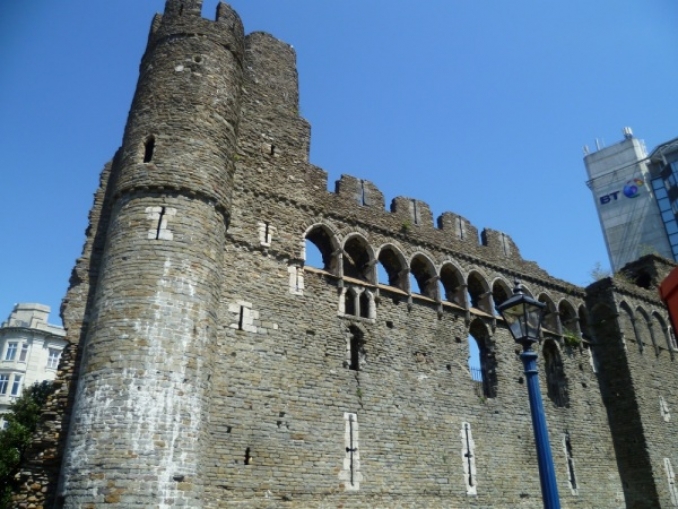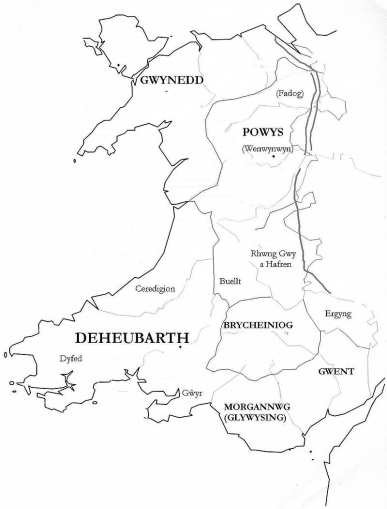William Cragh the Welsh warrior they couldn't execute
On a hill within view of Swansea Castle (Castell Abertawe) in 1262 stood William Cragh, also referred to as Crach, a Welsh warrior and supporter of Rhys ap Maredudd awaiting his execution. Rhys ap Maredudd (c. 1250 – 2 June 1292) was a member of the Welsh royal house of Deheubarth, a kingdom of Medieval Wales. He led a rebellion against the English King Edward I between 1287–88. Edward, the foreign English invader, had waged a war against Wales between 1282 and 1283. William Cragh fought in the rebellion on the Welsh side. Initially in 1287 Welsh forces met with some success against overwhelming odds. They captured most of Ystrad Tywi, the heartland of Deheubarth, including the castles at Dinefwr and Carreg Cennen. The rebellion was brought to an end after the castle at Newcastle Emlyn, Rhys' final stronghold, fell.
William Cragh was captured in 1290 by the son of William de Briouze, Lord of Gower. He was tried, found guilty of having killed thirteen men and sentenced to execution. After being held in the dungeons of Swansea Castle. The execution was set to be carried out on 27 November 1290, outside of Swansea, but in sight of de Briouze's Swansea Castle. The execution did not go to plan. He was hung along with another man, Trahaern ap Hywel. As they were hanging the crossbeam of the gallows broke. Although it was thought that both men were dead by the time they hit the ground, they were hung again. This second hanging took place in the morning and the two men were left swinging on the gallows until about 4pm that afternoon.
William Cragh's body was taken to a house in Swansea and those that viewed him confirmed his death. For some reason that remains a mystery, William de Braose's wife, Lady Mary de Braose, asked for leniency for William Cragh when found guilty, which was refused. After the execution she prayed to Thomas de Cantilupe, the deceased former bishop of Hereford, to bring William Cragh back to life. The day following the execution he started to show signs of life. In the coming weeks he made a full recovery. Given that it was seen as a miracle and as such perceived that it was the will of god that he lived, he was spared any further attempt to execute him. William Cragh would claim that it was indeed Thomas de Cantilupe that had saved and appeared to him, dressed in white, while he was hanging on the gallows. After a papal investigation lasting almost 13 years, Cantilupe was canonised by Pope John XXII on 17 April 1320 and part of the evidence used in his canonisation was the claim he had raised William Cragh from the dead.







